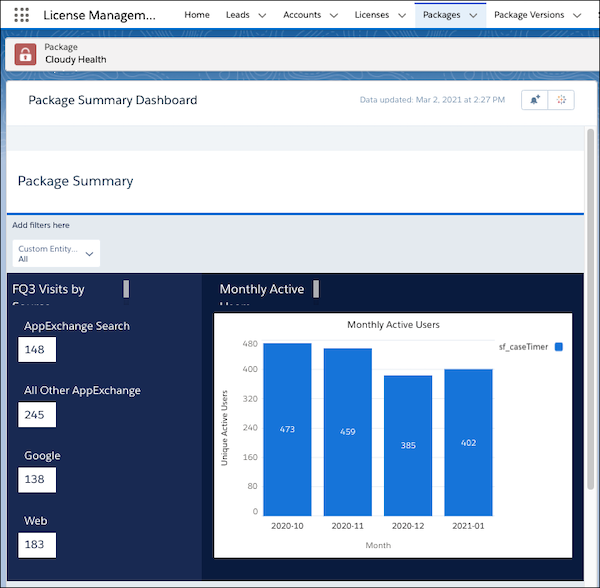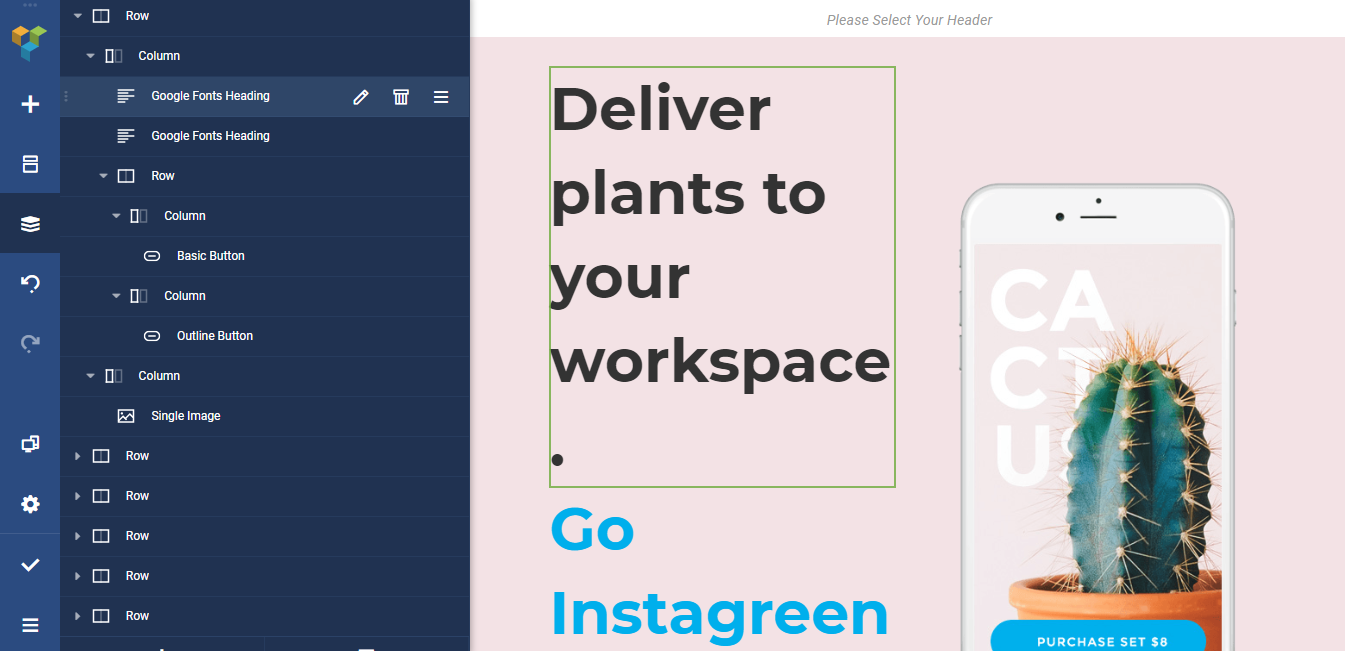

If you aren't sure, using Text is a good default. Consider the type of data (numeric, alphanumeric, etc) and make the appropriate selection. The following screens will walk you through creating a new field.įirst, choose the type of data you want to store in this field. If it doesn't, proceed by using the New button in this section to begin your field creation.

Using the Fields & Relationships link at the top, check that the field you want to create doesn't already exist for the object. In this example, we'll use Contacts, but the workflow is the same for all objects.įrom the Contacts view, use the gear icon to select Edit Object. No downtime is required, and all changes are immediately seen by all your users.įirst, select the object whose fields you'd like to edit. You can easily manage this in a manner of seconds without the need for a support representative to assist you. Propertybase gives you potentially unlimited options for managing data that is important to your business. Why are page layouts and fields important? Through the page layout you can add fields in the right position. Page layouts are simply the arrangement of fields you see. To do this, you can edit the page layout. Unlike spreadsheets, you can arrange data in Propertybase in the way that makes the most sense for you. Propertybase provides you a variety of field types that you can use to store data in the most effective way. Each one of those pieces of data is stored in a field in Propertybase. For instance, if you have a customer record you might want to know their Name, Email address, billing address and title. If you have each record organized horizontally each column would be a field in Propertybase. You can think of them in terms of a spreadsheet. Fields are a way to store different data about a record in an organized fashion.


 0 kommentar(er)
0 kommentar(er)
